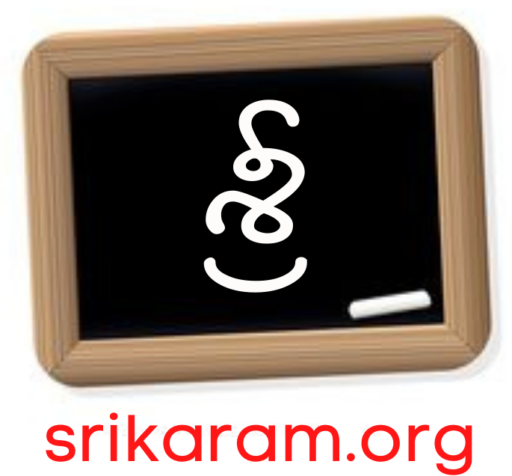Telugu, spoken predominantly in Andhra Pradesh and Telangana, has several dialects that vary across different regions. These dialects reflect the linguistic diversity within the Telugu-speaking population and can differ in pronunciation, vocabulary, and usage. Here are the key Telugu dialects:
**1. ** Standard Telugu
- Location: Primarily used in urban areas of Andhra Pradesh and Telangana, including the capital cities Hyderabad and Amaravati.
- Characteristics: Standard Telugu is used in formal settings, media, and education. It serves as the base for written Telugu and is characterized by its relatively neutral pronunciation and grammar.
**2. ** Rayalaseema Dialect
- Location: Predominantly spoken in the Rayalaseema region, which includes districts like Anantapur, Chittoor, Cuddapah, and Kurnool in Andhra Pradesh.
- Characteristics: The Rayalaseema dialect is known for its distinctive intonation and certain lexical differences. It often features a more pronounced use of retroflex sounds and unique vocabulary compared to Standard Telugu.
**3. ** Telangana Dialect
- Location: Spoken in the Telangana region, which includes Hyderabad, Warangal, Karimnagar, and surrounding areas.
- Characteristics: The Telangana dialect has notable phonetic differences from Standard Telugu, including a distinct pronunciation of certain consonants. It also includes vocabulary and expressions unique to the region. This dialect has been influenced by languages such as Urdu, due to historical interactions with the Mughal and Nizami periods.
4. ** ** Coastal Andhra Dialect
- Location: Spoken in the Coastal Andhra region, which includes districts like Visakhapatnam, Vijayawada, and Kakinada.
- Characteristics: The Coastal Andhra dialect is known for its melodic intonation and certain phonetic features distinct from Rayalaseema and Telangana dialects. It retains many traditional words and expressions used in coastal regions.
**5. ** Desi Dialect
- Location: Commonly spoken in rural areas and smaller towns across Andhra Pradesh and Telangana.
- Characteristics: The Desi dialect, also referred to as rural Telugu, includes various sub-dialects with local variations. It often features a more traditional and regional vocabulary, with influences from local languages and customs.
**6. ** Hyderabadi Telugu
- Location: Predominantly spoken in Hyderabad and its surrounding areas.
- Characteristics: Hyderabadi Telugu is a blend of Telugu with significant Urdu influences, reflecting the historical Mughal and Nizami rule in the region. It includes a range of loanwords from Urdu and has a distinctive accent.
**7. ** Golkonda Dialect
- Location: Spoken in and around the historic region of Golkonda (now part of Hyderabad).
- Characteristics: This dialect exhibits a blend of Telugu and Urdu, influenced by the historical Golkonda Sultanate. It has unique lexical items and pronunciation patterns.
**8. ** Nellore Dialect
- Location: Spoken in the Nellore district of Andhra Pradesh.
- Characteristics: The Nellore dialect has specific phonetic features and vocabulary unique to the region. It often reflects local cultural and linguistic influences.
**9. ** Kalinga Telugu
- Location: Spoken in the border areas between Andhra Pradesh and Odisha.
- Characteristics: This dialect shows influences from Odia and has unique vocabulary and phonetic characteristics due to the proximity to Odisha.
**10. ** Bhadrachalam Dialect
- Location: Spoken in the Bhadrachalam area of Telangana.
- Characteristics: The Bhadrachalam dialect is known for its specific phonetic features and vocabulary unique to the region. It is influenced by the local cultural and linguistic environment.
Influence of Dialects
- Cultural Identity: Each dialect reflects the cultural and historical background of its region, contributing to the rich linguistic diversity of Telugu.
- Communication: Dialects can influence communication styles and regional identity, affecting everything from everyday conversation to traditional storytelling and folklore.
Understanding these dialects provides insight into the linguistic richness and cultural diversity of the Telugu-speaking population. Each dialect adds a unique flavor to the overall tapestry of the Telugu language.
